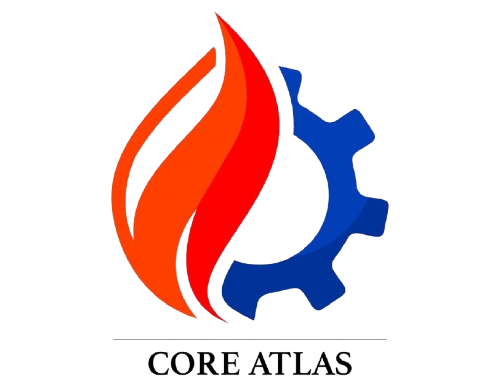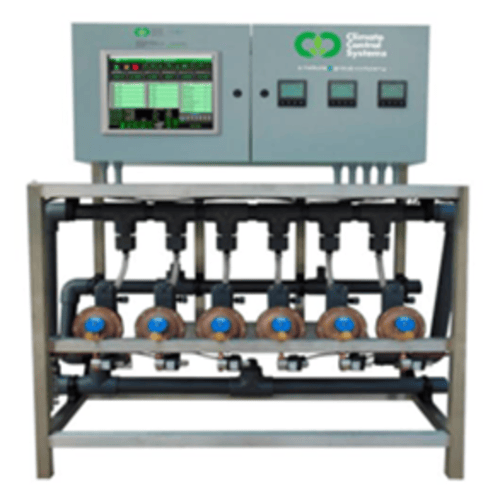Climate Control Systems
Category General
Climate Control Systems are advanced solutions designed to regulate temperature, humidity, ventilation, and air quality within enclosed spaces, ensuring optimal comfort and efficiency. Used to protect equipment, ensure operational stability, and enhance worker comfort in extreme conditions.
Key Features Of Climate Control Systems:
- Integrated Control: Combines heating, cooling, humidity control, and ventilation for seamless operation.
- Energy Efficiency: Incorporates energy-saving technologies, such as programmable thermostats and variable-speed components.
- Customizable Settings: Tailored to user preferences or operational requirements.
- Smart Technology: Features connectivity with IoT devices for remote monitoring and automation.
- Air Quality Enhancement: Includes filtration systems to remove dust, allergens, and pollutants.
- Zoning Capabilities: Allows independent climate control for different areas or zones.
- Durable Construction: Built to withstand varying environmental conditions and long-term use.
Applications:
- Residential:
- Maintain year-round comfort in homes through temperature and humidity regulation.
- Improve air quality to support health and well-being.
- Commercial:
- Provide consistent conditions for offices, retail spaces, and public buildings.
- Ensure occupant comfort and productivity.
- Industrial:
- Maintain stable environments for manufacturing, storage, and processing.
- Prevent equipment overheating and protect sensitive materials.
- Specialized Environments:
- Ensure controlled conditions in laboratories, hospitals, data centers, and museums.
- Support agricultural operations, such as greenhouses and livestock facilities.
Advantages:
- Comfort and Convenience: Provides stable and customizable indoor conditions.
- Energy Efficiency: Reduces utility costs through optimized operation and smart controls.
- Health Benefits: Promotes better air quality, reducing allergens and pollutants.
- Asset Protection: Prevents damage to sensitive materials and equipment from temperature or humidity fluctuations.
- Environmental Sustainability: Modern systems use eco-friendly refrigerants and renewable energy options.

